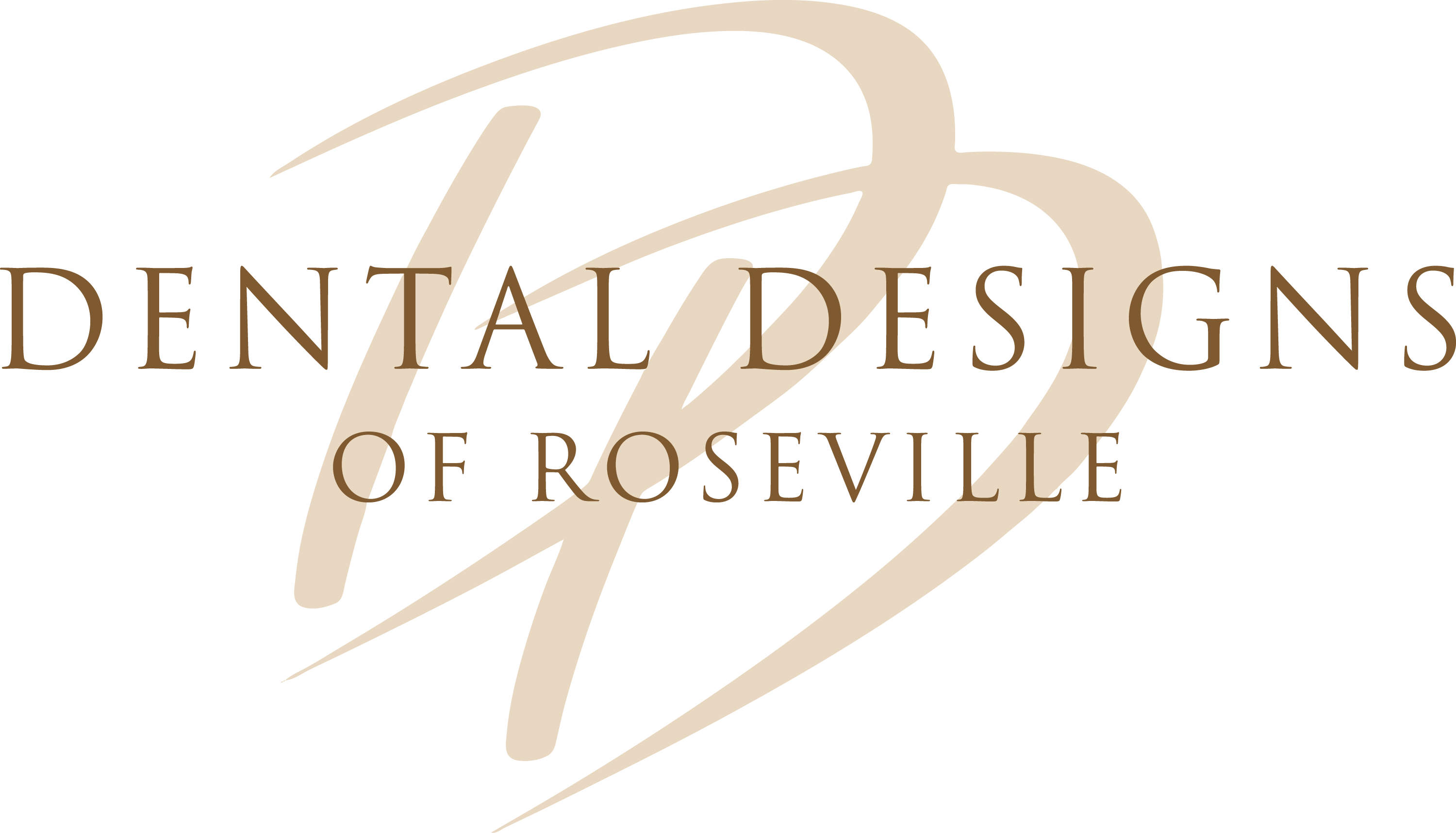 Do I have tmj?
Do I have tmj?
How do we know if our symptoms are bite related and what can be done?
It is always a good idea to check with your physician to make sure that your symptoms are not medical in origin. When the bite is out of alignment (called Malocclusion), a variety of problems can occur. The most prevalent is temporomandibular joint syndrome, (tmj). Advances in the science of complete dentistry have taught us how to bring the jaw into a relaxed position to help alleviate years of pain and discomfort.
What are the symptoms?
- Headaches or migraines
- Unexplained loose teeth
- Worn, chipped or cracked teeth
- Neck, shoulder or back pain
- Facial Pain
- Pain or soreness around the jaw joints
- Pain in teeth that seems to move around
- Limited movement or locking jaw
- Numbness in your fingers and arms
- Cracked, chipped or broken dental restorations
- Clicking or grafting sound in the jaw joints
- Congestion or stuffiness of the ears
Our jaw is supported by a sling of muscles that guide our teeth together in our habitual bite. Even when our jaw is resting, our muscles position our jaw near our bite. If our bite is in harmony with our muscles, everything feels good. But if our muscles have strain on a regular basis in the “resting” position or in the bite position, symptoms can develop. These symptoms can be seen in the form of headaches, facial pain, neck and shoulder pain, feelings of ear congestion, dizziness, and other symptoms not commonly considered “dental.”
In the dental field, we have seen amazing advances in pain relief. If you think you may be suffering needlessly, talk to Dr. Nassif. If your bite is the problem, there is incredible technology available, which allows Dr. Nassif to find the most comfortable position for your bite. Dr. Nassif is highly trained the the diagnosis and treatment of tmj/Neuromuscular problems. Treatment includes the use of a dental orthotic to gently shift the position of your teeth, or the use of dental restoration. The restorations will precisely raise or lower areas of your bite to create a naturally comfortable position for your jaw.
How will I look following treatment?
Following treatment to correct tmj, most patients experience a significant lessening to a complete cessation of symptoms. Imagine living headache free after enduring the pain for years! And as and added bonus, most patients also repost positive aesthetic results-some are even asked if they’ve had a facelift. The reason for this is simple, once your muscles are no longer fighting to hold your jaw in an unnatural position, your face can relax. You may look years younger with features that seem sharper and more clearly defined.
